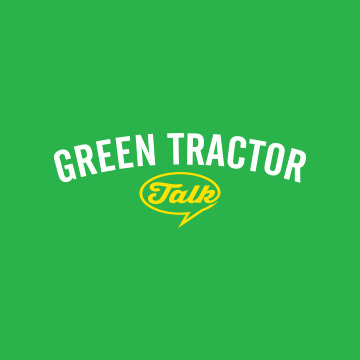Just bought a AMT 626 5 wheeler at auction. I have 2 problems which may be related. The parking brake on the dash will only go half way down from park. It does not move all the way down to release it out of park. Then it will not smoothly shift into F or R. I have to force it into F or R and it jerks forward and makes a terrible grinding of gears. Hopefully I can repair this myself as I'm already into this mess for $1400. I do have the 500+ repair manual which looks a little foreign. I'm not concerned about the parking brake level not going all the way down but the grinding of gears is going to break something unless I get this corrected. Any and all help is greatly appreciated.
Thanks
Gerald
Thanks
Gerald





